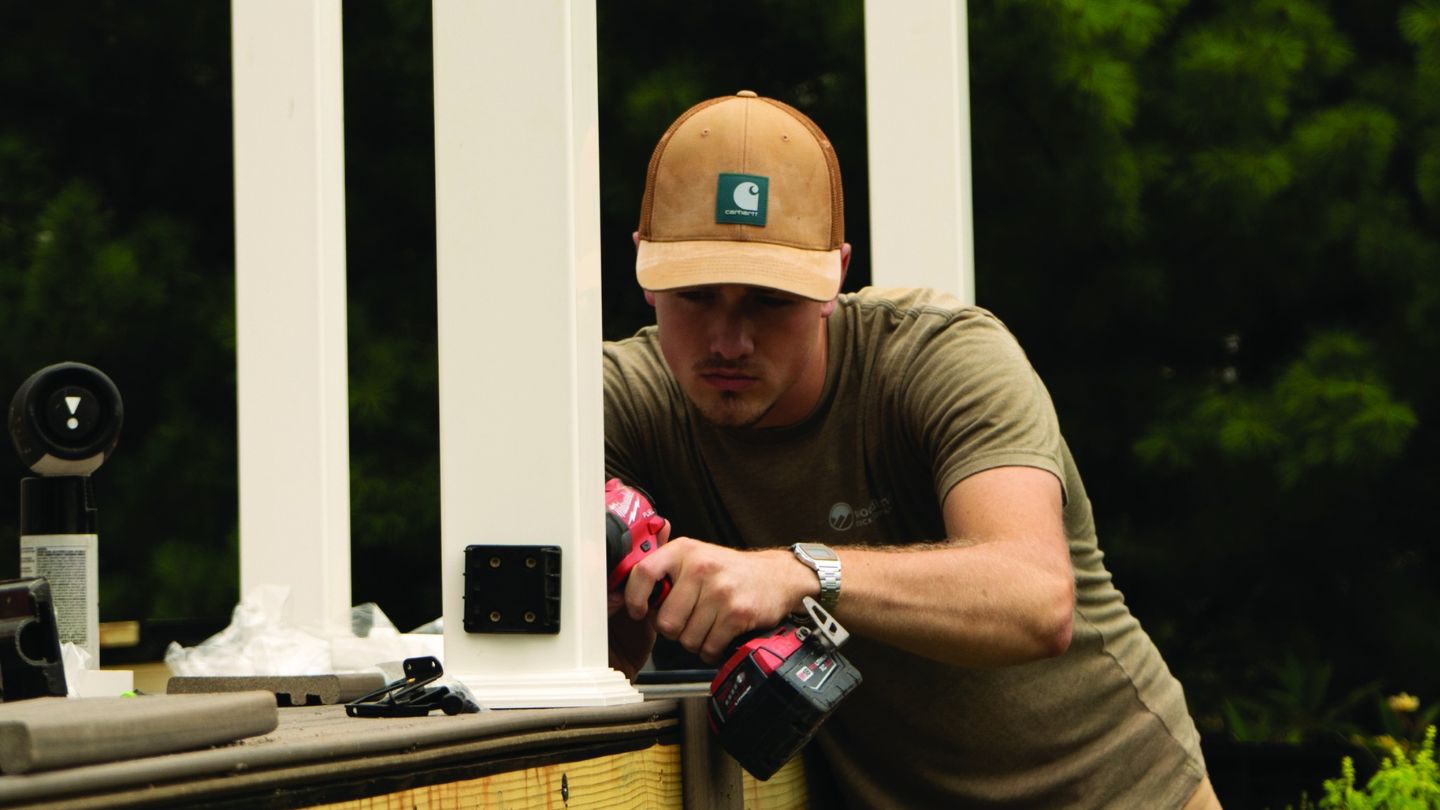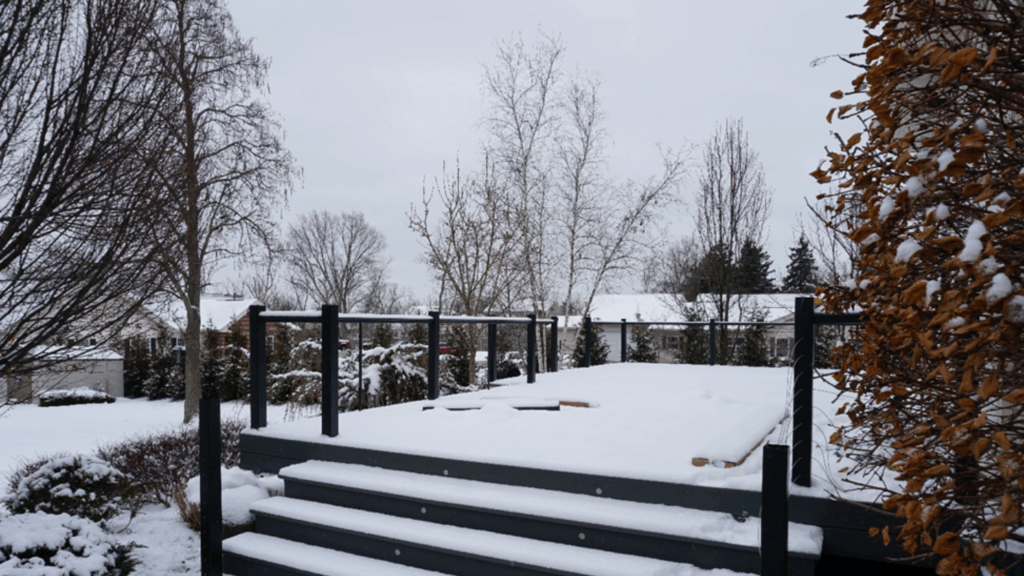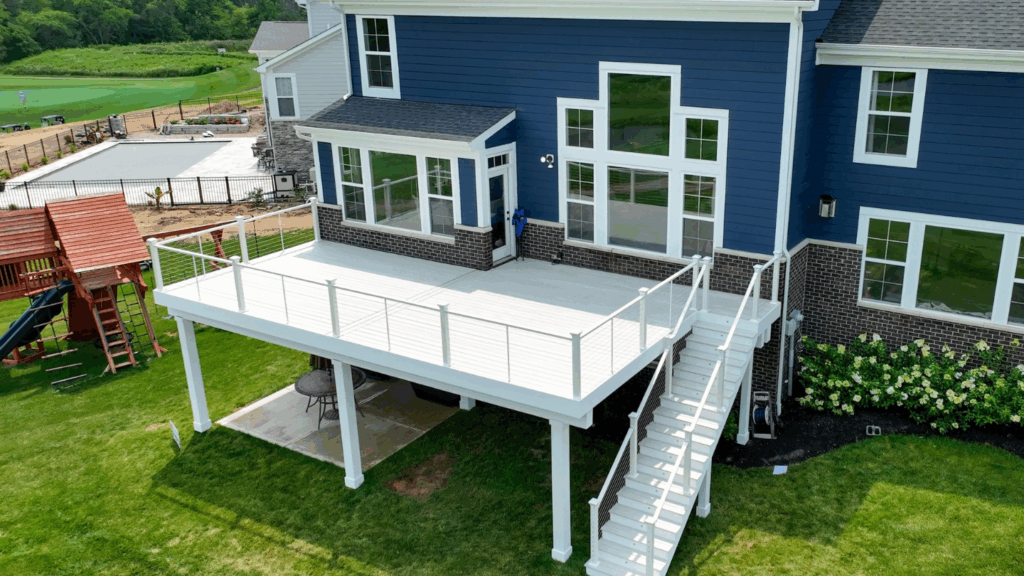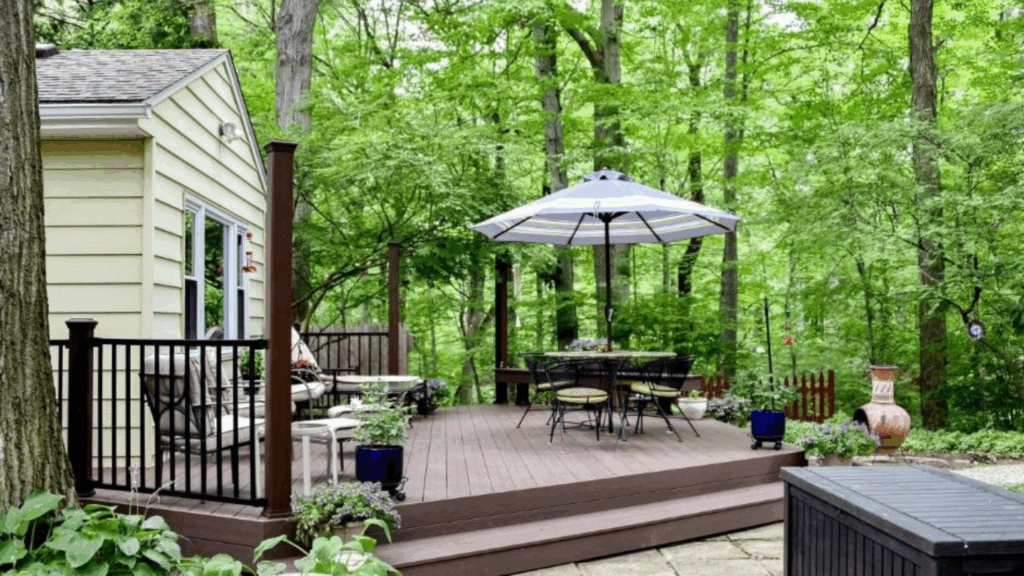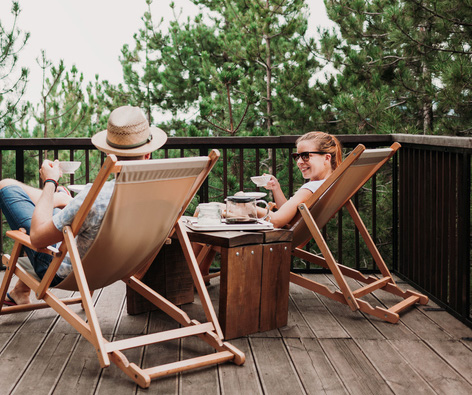Composite decking has transformed the way homeowners approach outdoor living. Unlike traditional decking, composite boards are crafted from a blend of wood fibers and plastic, offering an elegant finish with minimal upkeep. As outdoor living spaces continue to evolve, many homeowners are seeking long-lasting, low-maintenance materials that can hold up to the elements while maintaining aesthetic appeal. This is where composite decking shines.
One of the reasons for its growing popularity is its resistance to rot, warping, and insect damage. Composite decking requires less maintenance, eliminating the need for frequent staining or sealing. This makes it a smart choice for those who want a beautiful deck with fewer maintenance tasks. However, the variety of composite decking types available can make the decision process overwhelming. Knowing what options are out there can help you choose the right solution for your outdoor space.
Different Types Of Composite Decking
Composite decking can be broadly categorized into capped and uncapped boards. Uncapped composite decking, one of the earliest versions, lacks an outer protective layer. While it still offers many benefits, it is more susceptible to staining and fading over time. On the other hand, capped composite decking features a protective polymer shell that covers the core, making it more durable and stain-resistant. This added layer shields the board from UV rays, moisture, and daily wear and tear.
Capped boards are available in two main variations: three-sided capping and four-sided capping. While both provide enhanced protection, four-sided capped boards offer complete encapsulation, ensuring maximum durability. Many composite boards also come with grooved edges, making them compatible with hidden fastener systems for a seamless look. For homeowners looking for premium performance, solid composite decking delivers added strength and longevity, ideal for high-traffic areas.
Scalloped Vs. Solid Composite Decking Boards
Another distinction in composite decking types lies in the board’s structure: scalloped or solid. Scalloped composite decking boards are lighter and often more affordable. They are easier to handle during installation and can be suitable for smaller decks or projects with budget constraints. Since these boards are more budget friendly, they often are limited in colour and texture options.
Solid composite decking, on the other hand, mimics the density and weight of traditional decking. It provides more options when customizing specific features such as a cocktail railing or privacy fence. While solid boards may come with a higher price tag, their wide range of colour options and visual appeal make them a worthwhile investment for many homeowners.
Capped Vs. Uncapped Composite Materials
Capped composite decking offers superior protection and aesthetics, making it the preferred choice for homeowners focused on longevity and low maintenance. These boards resist fading, staining, and moisture penetration, which helps retain their appearance over time. Capped boards are also easier to clean and maintain, making them ideal for households with children and pets. Most reputable manufacturers only offer capped boards and offer warranties that range from 25-50 years.
Uncapped composite decking is still available by some smaller manufactures. However, the absence of a protective cap means the material is more vulnerable to external elements. As technology has advanced, capped options have become more standard, especially for those who value both performance and aesthetics.
Choosing The Right Composite Decking Material For Your Home
Selecting the right composite decking involves more than just choosing a color or texture. It’s about evaluating how you intend to use your outdoor space and matching the decking material to your lifestyle needs. If your goal is to create a family-friendly zone, capped composite decking with slip-resistant surfaces and easy-clean features is ideal. For pet owners, solid boards can offer greater durability and resistance to pet-related wear and tear.
Consider your local climate, too. Areas with high humidity or intense sunlight will benefit from UV-resistant, capped composite boards. Additionally, look at the deck’s purpose. Will it support an outdoor kitchen, hot tub, or large gatherings? If so, opt for materials that provide the strength and stability necessary for long-term performance. Decking materials vary in weight, density, and structural support, so professional insight is crucial when designing a custom deck to fit your home’s exact needs.
Composite Decking And Design Flexibility
Composite materials offer significant versatility in design. You can create multi-level platforms, curved borders, and even integrate deck lighting and railing systems with ease. With a wide range of colors, grain patterns, and finishes, composite decking allows for creative customization that matches your home’s aesthetic.
Whether you prefer the rich tones of traditional decking or a sleek, modern look, composite boards can deliver both. Manufacturers offer varied finishes, including matte, embossed, and variegated tones that replicate the appearance of natural wood without the maintenance burden. Many homeowners also appreciate that composite decks retain their beauty for years without the fading, splitting, or warping that traditional decking often experiences.
Sustainability And Composite Materials
Today’s homeowners are increasingly concerned with environmental impact, and composite decking offers a sustainable solution. Many composite boards are made from recycled wood fibers and plastics, diverting waste from landfills and reducing demand for virgin timber. This combination not only supports environmental responsibility but also contributes to a longer product lifespan.
By selecting composite decking, homeowners can enjoy a beautiful, functional outdoor living space without compromising their environmental values. It’s a meaningful way to reduce your ecological footprint while investing in quality materials that last.
Cost Considerations And Long-Term Value
While composite decking may have a higher upfront cost compared to traditional decking, the long-term value is undeniable. Homeowners save on maintenance costs, including staining, sealing, and replacement over time. Composite decking is engineered to resist fading, mold, mildew, and moisture, common issues that demand costly repairs on decks.
When evaluating the return on investment, consider not only the financial aspect but also the lifestyle benefits. With composite decking, you gain more time to enjoy your space without the constant upkeep. Over time, the cost difference narrows as savings on maintenance accumulate, making composite a cost-effective choice in the long run.
Choosing the right composite decking type is only the beginning. A successful outcome depends on expert installation and thoughtful deck design. Professional deck builders can guide you through material selection, structural requirements, and layout ideas that maximize function and style. From securing permits to ensuring code compliance, professional services streamline the process while delivering lasting results.
Poor installation can diminish the advantages of premium decking materials, leading to water pooling, movement, or premature wear. Collaborating with experienced professionals guarantees your custom deck will not only look great but also stand the test of time.
The Final Thought
When it comes to outdoor living, composite decking stands out for its beauty, durability, and low-maintenance appeal. Understanding the different types of composite decking, from capped to uncapped, solid to scalloped, can help you make an informed choice that aligns with your home and lifestyle. Whether you’re seeking structural strength, sustainable options, or aesthetic flexibility, composite decking delivers.
For homeowners in Columbus looking to elevate their outdoor spaces, our team at Woodland Deck offers expert consultation, design, and installation services to ensure lasting satisfaction. Explore more about your decking options by connecting with our custom deck company in Columbus today.

